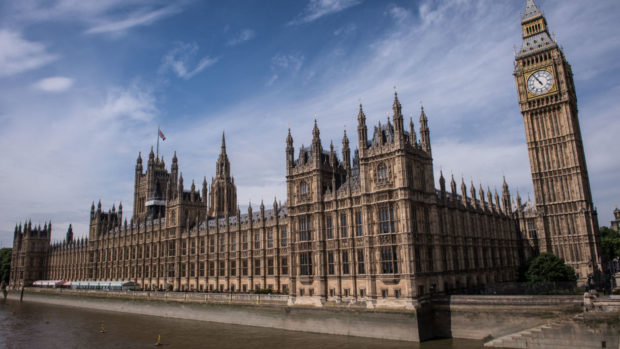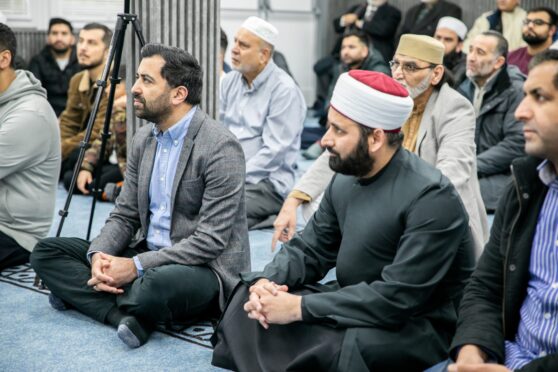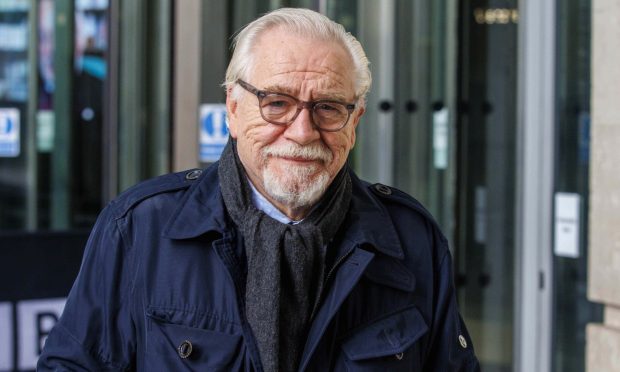Parliament’s famous green benches, usually packed with barracking MPs and browbeaten ministers, have been empty and absent from the public debate for more than a month.
On health advice, the House of Commons and Lords were suspended in mid-March, with no real certainty over how or when parliamentarians would return.
Notoriously fusty about change, many doubted if House authorities would be able to come up with a new way of working in these socially distanced times.
However, with the help of the tech whizzes in Silicon Valley, MPs will return tomorrow via video conferencing website Zoom and for the first time in five weeks will get a chance to grill ministers on the Covid-19 response.
Prayer cards have been replaced with caution signs — reminding politicians when they do return to observe social distancing on the green benches pic.twitter.com/1gzZ8lllxP
— Dan O'Donoghue (@MrDanDonoghue) April 21, 2020
Commons leader Jacob Rees-Mogg announced the move in a noticeably empty chamber this afternoon.
“In 1349 when the Black Death affected this country Parliament couldn’t sit and the session was cancelled”, he said.
“Thanks to modern technology even I have moved on from 1349 and I’m glad to say we can sit to carry out these fundamental constitutional functions.”
Under the new rules a limit of 50 MPs will be permitted to enter the actual chamber and 120 will be able to join the sessions remotely via Zoom.
In 'virtual attendance' at the @HouseofCommons this afternoon from home. Extraordinary times but essential that scrutiny of Government and the work of Parliament continues. pic.twitter.com/a4xGCVVTym
— Andrew Bowie MP (@AndrewBowie_MP) April 21, 2020
While in the chamber MPs will have to observe social distancing guidelines and, to help, yellow tape has been stuck to the floors indicating the correct distance and prayer cards, which usually sit above each seat, have been replaced with caution signs to mark where MPs can and cannot sit.
This afternoon’s sitting, while attended by only a dozen or so MPs, threw up several issues that will likely be featured in the weeks to come – lockdown, protective equipment, testing, all got a brief mention.
The real probing will begin tomorrow, when MPs will first meet or dial in at 11.30am for Wales questions followed by prime minister’s question, which will be taken by Foreign Secretary Dominic Raab this week.
The true test, in these early days of a virtual Parliament, might not be of ministers but of the tech, however.






